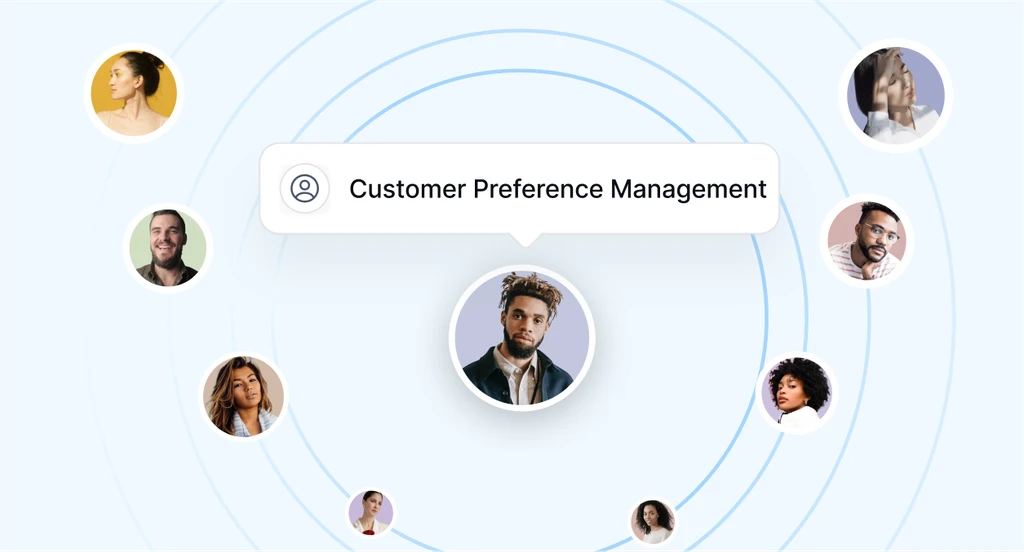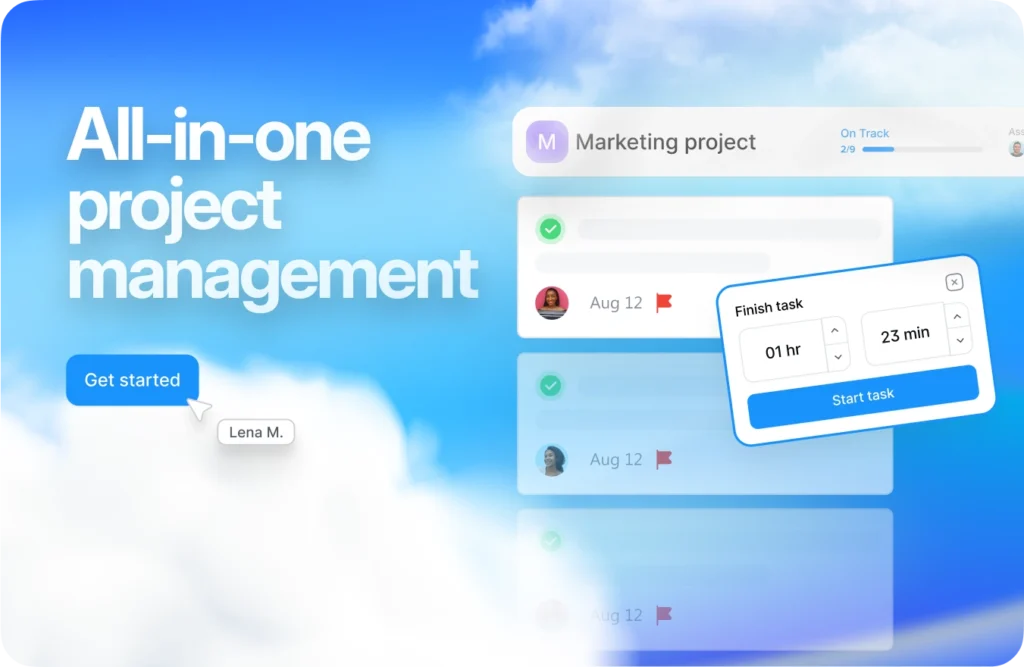What is Customer Preference Management?

It is the fuel needed to increase profits. Most marketing strategies, including agile project management and ai project management, are built on the analysis of this data. But for users whose data is collected, this situation is not so good. Various data collected from many places create privacy violations and cause problems. Customer preference management, on the other hand, provides a more ethical data collection process and the continuation of this process, in cooperation with the user, with the consent and guidance of the user.
Data, Analytics and Violations
IIn 2010, marketing departments started collecting data wildly. In the process of collecting these data, the quality of the data was ignored and the focus was on collecting “more data” only. When the collected data was used for project management strategies, including lean project management and project cycle management, incredible success was achieved. With the development of Big Data, data collection operations began to increase.
In the data collection process, where there was no limit, violation of privacy was discussed from time to time. With the General Data Protection Regulation (GDPR), some limitations were brought to the data collection processes. These restrictions aimed to protect the personal data of European citizens, but would complicate the operation of Big Data and data collection processes, often managed using project management software or workflow management tools.
Due to privacy violations, most browsers announced that they would no longer support the collection of third party data, and gradually began to reduce the applications that support this process. As a result, most companies have turned to collecting data without violating privacy through user preference management and the use of online project management tools and digital collaboration tools.

Data Types and Privacy
Privacy violation occurs in the process of data collection. Different types of data have different ways of collecting. There are four types of data types:
Zero Party Data: This type of data is collected within the consent of the user and by communicating with the user. For example, you are on an e-commerce site that sells hair products, a pop-up appears that contains photos of different hair types and asks which hair type is closest to you. This is the zero party data collection method. You choose the data to be given with your own consent and in a way that suits you.
First Party Data: This type of data is collected with the consent of the user but without direct interaction. For example, you logged into a website, first a pop-up appeared asking your consent for the collection of your data and you gave your consent. After approval, your movements on the website are recorded. The searches you make, the keywords, the products you look at are recorded, allowing project managers to create personalized experiences for you the next time you visit the site.
Second Party Data: It is the situation where a company shares the data obtained from its own audience with other parties. In short, it is the sold version of first party data. This data is often integrated into business productivity platforms and project tracking tools.
Third Party Data: This type of data is unprocessed, general data obtained from different sources. It is used when it is desired to reach a different audience. Since it is raw data, it must be processed by data management programs. Comprehensive audience profiles can be created after processing, often with the help of task management tools and reporting tools.
What is Customer Preference Management?
While trying to reduce the use of third-party and second-party data in current marketing strategies due to privacy violations, zero and first-party data are being used more. In the sensitive data collection process, the user preference management allows the user to decide for himself the process of sharing and using the data. Online project management software and collaboration tools facilitate this process by integrating user choices directly into the project planning tool.
Why is User Preference Management Important?
In the study sponsored by Didomi, which investigated the effect of privacy on purchasing decision and brand loyalty with 4000 consumers in Ireland, the United Kingdom, France, and Germany, it was concluded that customers act according to their privacy processes. In the same research, companies leaving unannounced cookies on the user’s device for their own benefit caused distrust, and therefore 15% of consumers stated that they rarely accepted marketing e-mails, and 30% only sometimes.
In this new era, it will be beneficial for both the user and the company to respect the privacy of the users and to get their ideas on how the marketing process will take place. You can reap the rewards of a trust-built relationship with quality data, if not more. Project managers and business collaboration software play a crucial role in maintaining this trust and ensuring the ethical use of data.

Advantages of Customer Preference Management
Users are more concerned about their privacy than ever before. Privacy is a basic human right. Respecting and paying attention to these rights satisfies the customer and determines the direction of their relationship with the company.
When the user chooses which data will be shared, what it will be used for, and which channels to communicate with the user, the user will, in a way, determine the relationship they will establish with the company. This is where team collaboration platforms and remote work software become essential tools.
Exceeding the expected level of customer service through data, by allowing users to define their own user experience (UX), it increases preferability. Companies using integrated work management tools and digital workspace solutions can gain a competitive edge.
In the current ecosystem, customer loyalty and user acquisition are closely related to data collection processes. Data collection processes and confidentiality guarantees have a significant impact on the purchase decision, making it almost imperative for companies to be more sensitive. Gaining the trust of the user has an important place in current marketing practices.
As a result of the trust of the user to the company and the company to the user, more useful and qualified data emerges. A personalized experience can be offered with qualified data. 71% of customers find their shopping experience impersonal to be frustrating, while 44% of customers say they would likely choose companies that offer personalized shopping experiences again. For users who demand reassuring behavior and personalization, investing in user preference management is definitely not a dead investment.
Is it enough just to give confidence in data collection? 84% of users also want to have control over how their data is used. The purpose of the collected data, where it is used and whether it is sold or not, can also be a source of concern for users. Project management careers now increasingly require a deep understanding of these privacy concerns.
User preference management gains the customer’s trust by allowing the user to direct the data collection and processing process. It ensures that the collected data is more qualified. It also satisfies the customer by providing a personalized experience at the end of the process. This is facilitated by all-in-one work management tools and team productivity tools.

Peerbie and User Preference Management
Peerbie is a business management platform that provides simple digital management of the processes that businesses need. With the customer relationship management (CRM) feature it offers, you can store the data your customers allow, use statistics, and develop new marketing strategies. You can offer a personalized experience based on customer preferences.
With Peerbie, you can determine who has access to customer data, thus protecting user data. In projects with your customers, you can assign tasks to your employees’ calendars and share customer information with them. Peerbie also supports project scheduling software, task management apps, and team communication software to streamline your workflow.
For those interested in how to become a project manager, understanding tools like PeerBie can be crucial. It integrates online collaboration tools, digital workspace solutions, and reporting tools to enhance business productivity.
Whether you are managing projects through free project management tools or advanced project tracking software, Peerbie offers a comprehensive solution to meet your needs. Embrace the future of project management and business collaboration with Peerbie.

